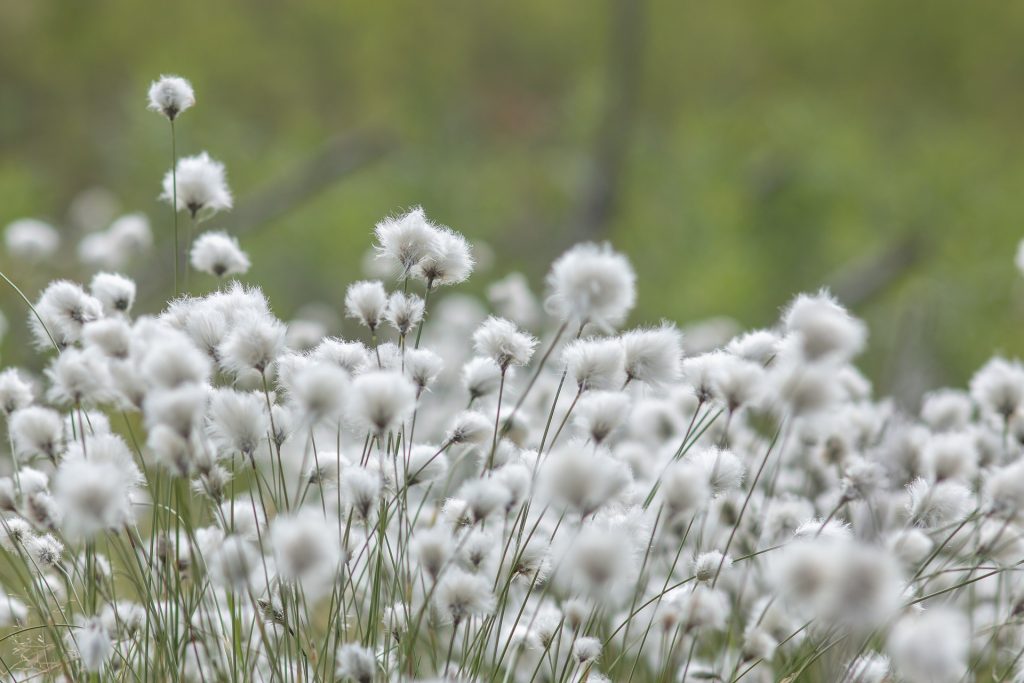The Government of Pakistan is set to allow the import of cotton from Afghanistan and the Central Asian states via the Torkham land route to overcome the 34.18 percent fall in the production of local cotton.
Pakistan’s cotton harvest has dwindled significantly as farmers continue to switch to other lucrative crops. According to the statistics released by the Pakistan Cotton Ginners Association, over 5.6 million bales underwent the ginning process (conversion to bales) until 1 March 2021.
Pakistan has become a net importer of cotton for the past three years due to lower domestic production.
As per a report by a national daily, many countries have given their agriculture sectors the status of an ‘industry’, but Pakistan’s agriculture sector is being neglected constantly because of the increased focus on textile barons.
Owing to the low rate of the production of cotton, the Ministry of Commerce has been pressing the Economic Coordination Committee (ECC) to permit imports from Afghanistan and the Central Asian states. However, importing from India has not been recommended.
Pakistan’s textile sector consumes around 12 million bales (170,000 kg) of cotton per annum, but the rate of production has been falling short of the requirement over the past one and a half decades.
Although the target for cotton harvest for the current fiscal year has been set at 10.89 million bales, the output has been estimated at only 7.7 million bales during the meetings of the Cotton Crop Assessment Committee.
While commenting on the local production of cotton, the Chairman of the Karachi Cotton Brokers Forum, Naseem Usman, said that due to the alarming decline in production, seven million bales worth four billion dollars will be imported.
He added that that the production of cotton has been the lowest in 30 years, and that agreements to import 4.5 million bales have been signed.
During the 2013-18 tenure of the Pakistan Muslim League-Nawaz (PML-N) government, the output had dropped to nine million bales. With low production, the country needs to import cotton to bridge the demand-supply gap.
Cotton is imported in Pakistan from various sources, with the land route being the cheapest option to do so, which is why Afghanistan and the Central Asian countries are Pakistan’s top suppliers.
According to experts, the government should take practical steps to increase the local production of cotton. They said that after the 18th amendment, agriculture has been a provincial issue but it has not been taken seriously and no positive progress has been made in this area.
Between 2017 and 2018, a special dispensation was given in a meeting between Pakistan’s Commerce Secretary and Afghanistan’s Minister for Industries and Commerce.
Afghanistan and the Central Asian states are economical sources for the import of cotton. Keeping this in view, the Ministry of Commerce has proposed that imports from these countries may be allowed until 30 June 2022, and has sought the ECC’s approval in this regard.
Courtesy: Pro Pakistani

